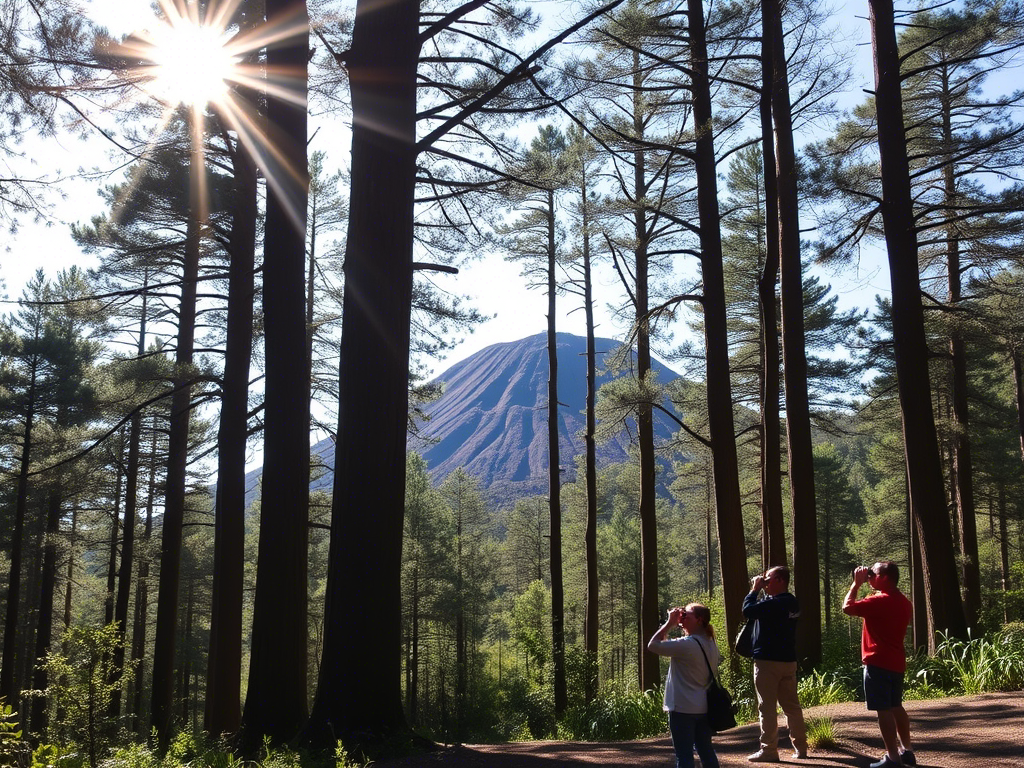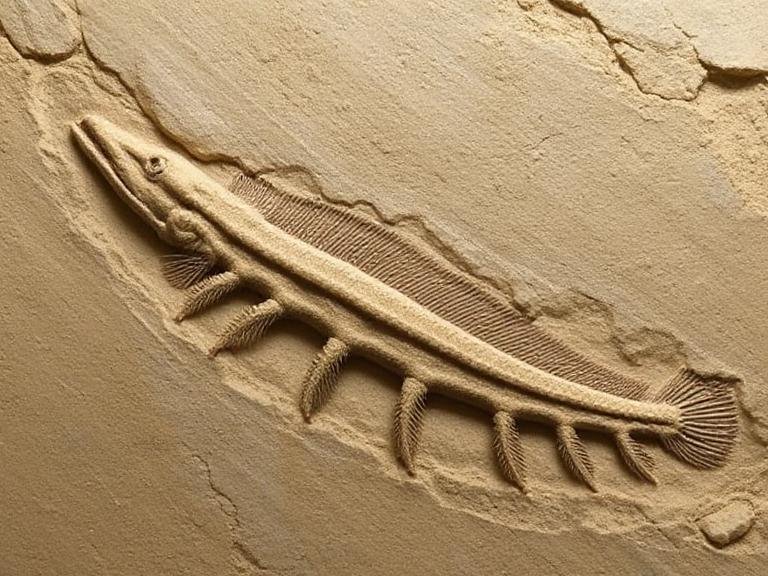
NASA and Smithsonian Use Satellites to Monitor Trees for Early Volcano Warnings
In a novel approach to predicting volcanic eruptions, scientists have discovered that trees near volcanoes change color as magma rises beneath the surface — offering an early warning sign that could help save lives.
As underground magma moves upward, it releases gases like carbon dioxide (CO₂) . Trees absorb this gas, causing their leaves to become greener and thicker , a change detectable from space using satellite imagery. NASA’s Landsat 8 , along with airborne sensors from the AVUELO campaign , are now being used to monitor these subtle shifts in vegetation.
According to Florian Schwandner , chief of the Earth Science Division at NASA’s Ames Research Center:
“Volcano early warning systems exist. The aim here is to make them better and make them earlier.”
With over 10% of the global population living near active volcanoes, early detection is critical. Eruptions can unleash deadly hazards such as ash clouds, pyroclastic flows, and toxic gases — not to mention secondary threats like mudslides and tsunamis.
While satellites can track sulfur dioxide emissions easily, detecting volcanic CO₂ — often the first signal of rising magma — has been a challenge. Ground-based measurements are effective but difficult to carry out, especially for the more than 1,300 potentially active volcanoes worldwide , many located in remote areas.
That’s where trees come in. As explained by volcanologist Robert Bogue of McGill University:
“The whole idea is to find something we could measure instead of carbon dioxide directly.”
Research led by Nicole Guinn of the University of Houston used data from Landsat 8 , Terra , and Sentinel-2 satellites to study changes in vegetation around Mount Etna in Sicily — confirming a clear link between leaf color and volcanic CO₂ levels.
To validate the findings, climate scientist Josh Fisher conducted a field study near Rincon de la Vieja volcano in Costa Rica in March 2025. His team collected leaf samples and measured CO₂ on the ground, reinforcing the connection between plant health and volcanic activity.
“Our research is a two-way interdisciplinary intersection between ecology and volcanology,” said Fisher.
There are limitations — some volcanoes lack nearby vegetation, and environmental factors like weather or disease can affect tree growth. Still, past successes show promise.
In 2017, improved monitoring at Mayon volcano in the Philippines detected signs of an eruption, prompting the safe evacuation of over 56,000 people before its January 2018 eruption.
As Schwandner notes:
“There’s not one signal from volcanoes that’s a silver bullet. But this could be something that changes the game.”





